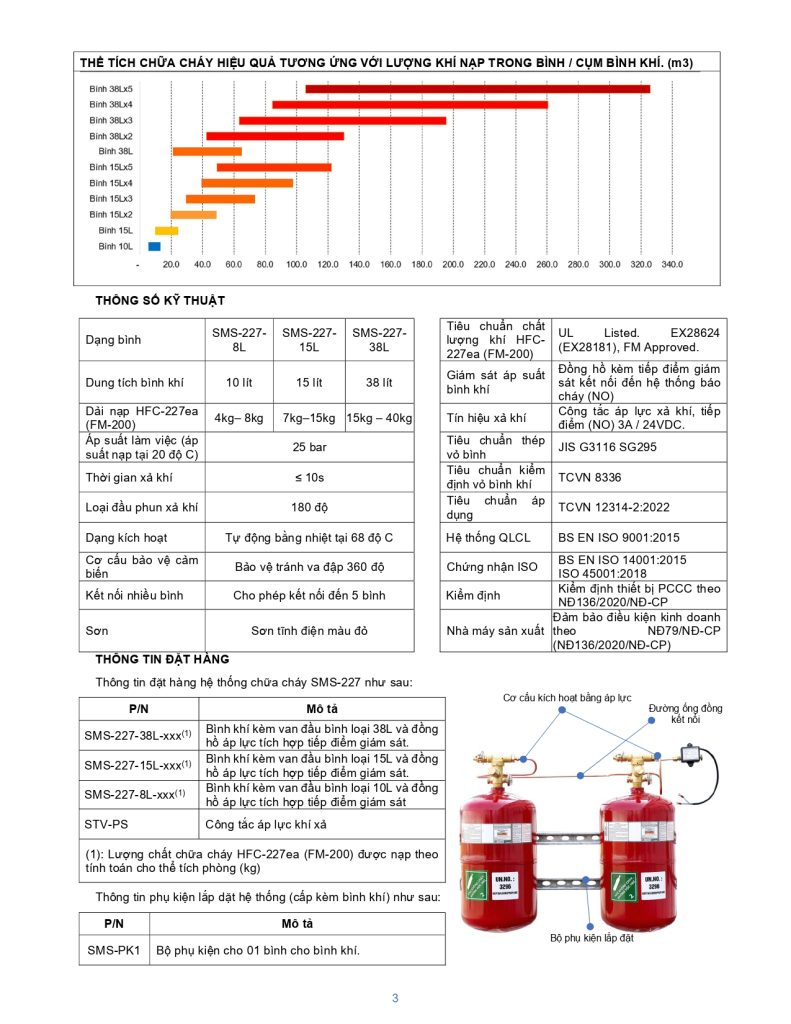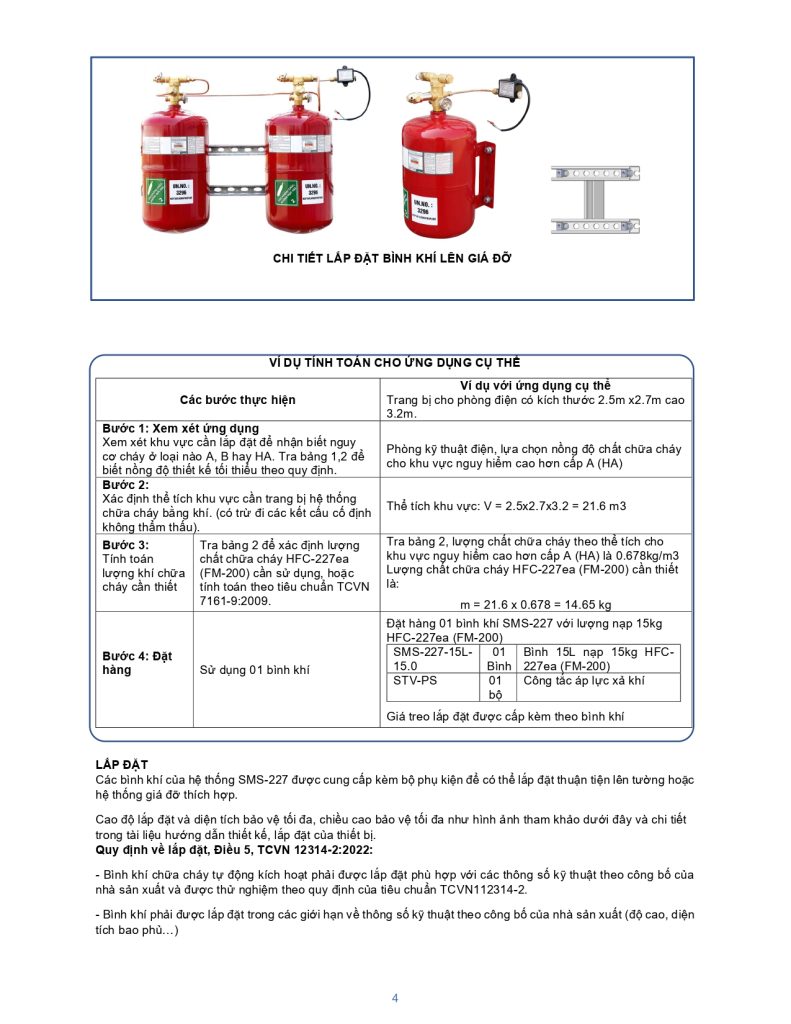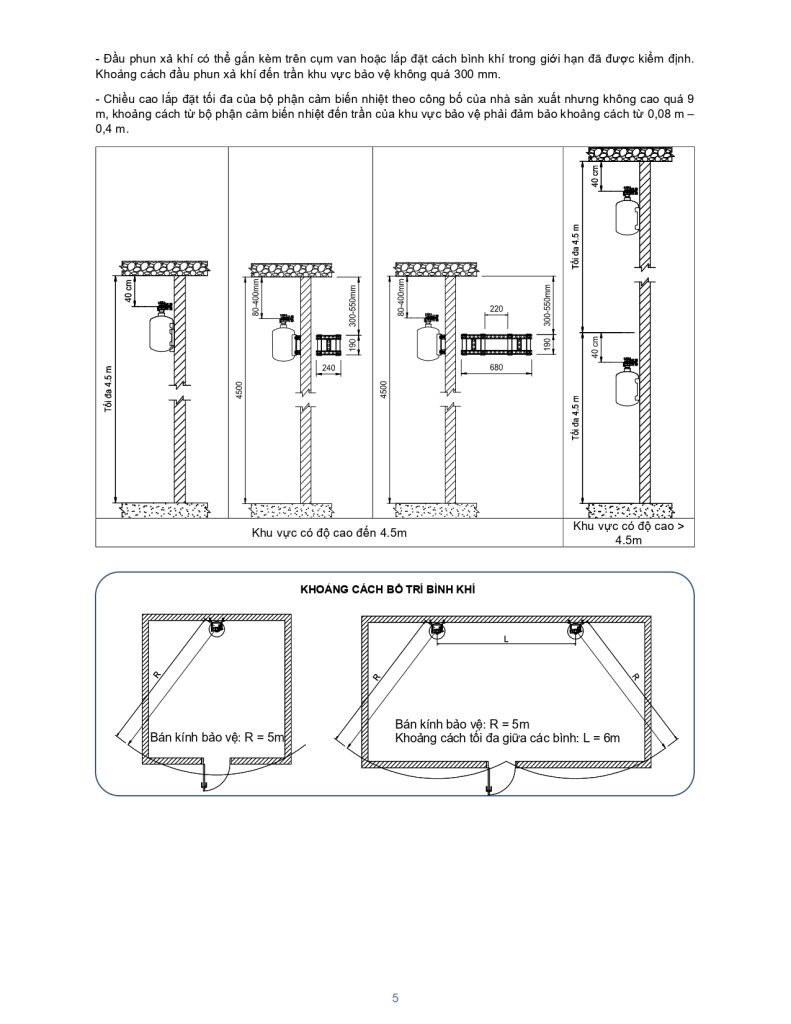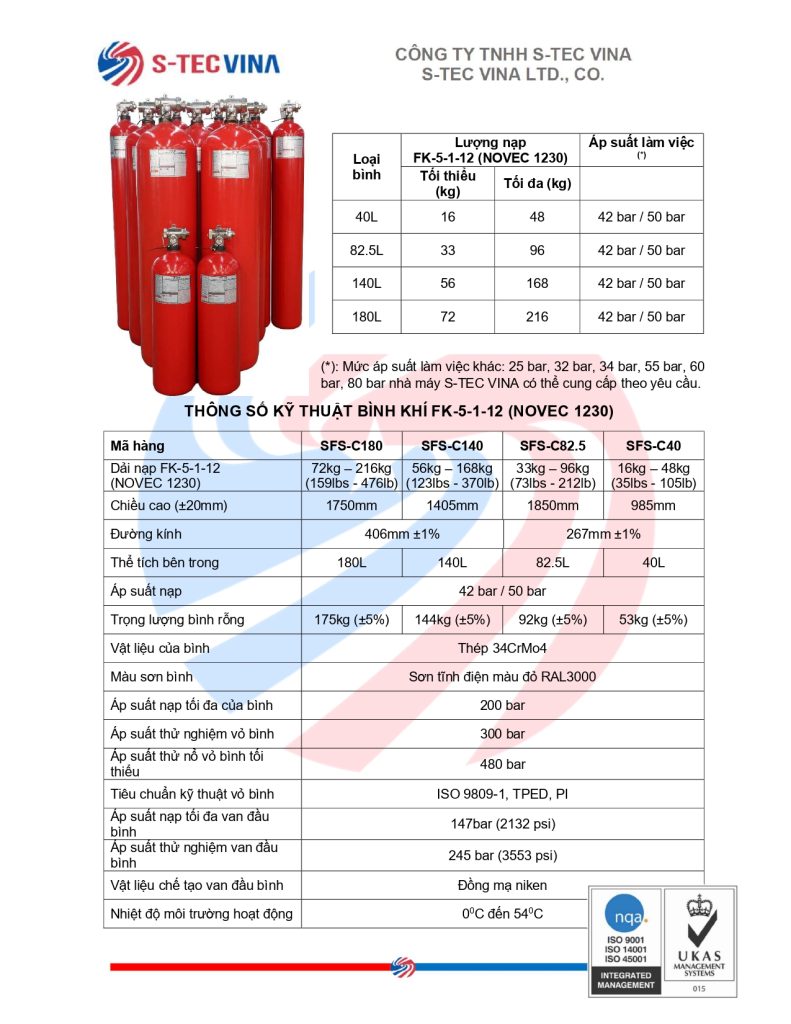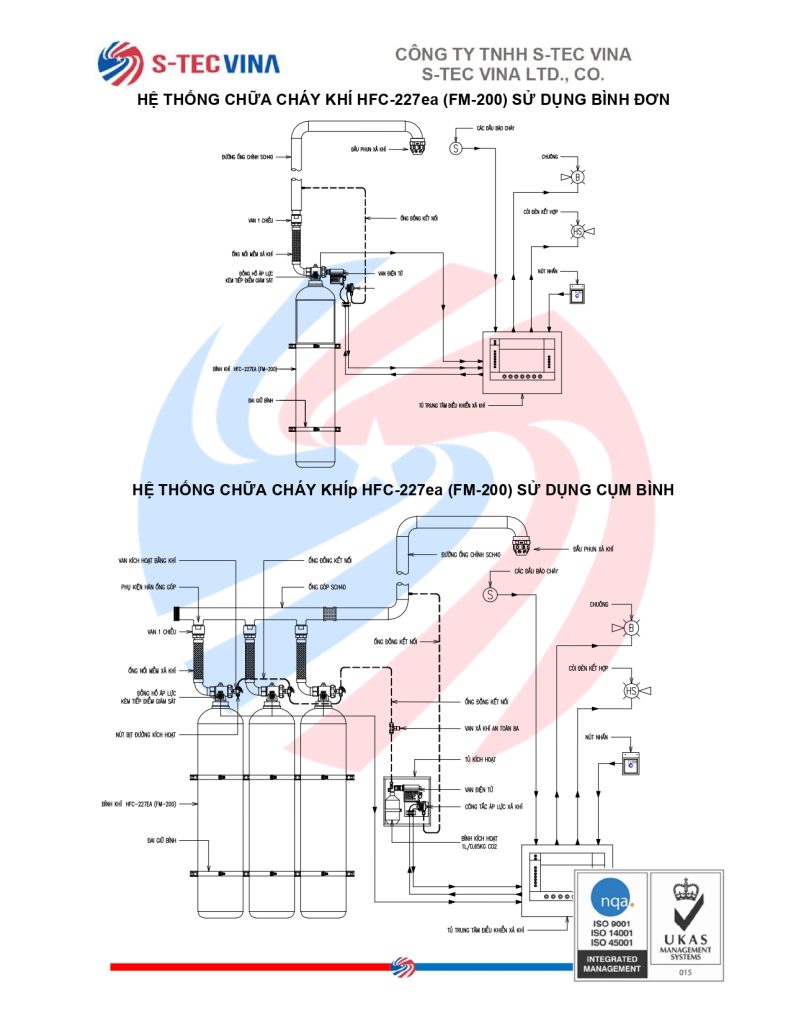a) For fire prevention solutions
– When designing and constructing a renewable energy plant, it is necessary to comply with the technical requirements of the industry to ensure distance and have construction solutions such as grounding systems, lightning protection systems for the plant as well as wind turbines, solar panels to minimize lightning strikes causing fires and explosions. For rooftop solar power systems installed in civil works (not subject to fire prevention and fighting design approval), it is necessary to strictly implement fire prevention and fighting safety solutions according to the instructions of the Fire Prevention and Fighting Police before installation and construction.
– The operation and use process must strictly comply with the instructions and rules for operating the structure, equipment, technological and technical systems for the equipment system; regularly monitor and maintain the equipment during operation; if there is a problem, it must be repaired and resolved promptly.
– Arrange qualified staff who have been appropriately trained in the field of operation; organize training sessions for staff in the facility to proactively respond and handle incidents in emergency situations.
– The technological equipment used must ensure the quality of mechanical strength, fire resistance, heat resistance, and tightness according to the prescribed technical standards. Working machines and equipment must be fire and explosion-proof; during operation, there must be measures to ensure that heat sources and sparks caused by friction or impact are minimized. Hot surfaces of equipment and pipes must be insulated with insulating materials.
– Design and equip automatic fire extinguishing systems in suitable areas such as transformer stations, operating houses, control monitoring, inverter stations, wind turbines and related construction items, ensuring timely fire extinguishing at the time of incident.
– Ensure the safety corridor of the power grid and safety corridor for these facilities; avoid external factors affecting the facilities, and limit the impact of incidents at these facilities on neighboring areas.
b) Fire fighting methods and measures in case of fire or explosion
* For solar power facility fire
Unlike normal fires, when organizing a fire extinguishing a solar panel fire, it is impossible to completely cut off and eliminate the voltage on the device because the solar panels can still generate electricity when there is light (because they are still exposed to sunlight or from the fire itself) and even when they are destroyed, seriously damaged or flooded. This factor can be dangerous when organizing a fire (risk of electric shock). In addition, there is a risk of electric shock if the cable is broken or destroyed by the fire while the system has not been turned off. Therefore, it is important to note that when organizing a fire extinguishing, it is necessary to quickly notify the electricity unit or solar panel service provider to cut off the power and pay close attention to using water to extinguish the fire.
Firefighters need to ask electrical technicians to determine whether there is still voltage on the panels and/or between the grid-connected inverters. If there is electricity, it is necessary to determine the voltage and current intensity. In developed countries (such as the US, Germany, Japan, France, Australia), it is mandatory for houses to have a diagram showing the location of the emergency cut-off device for firefighters when installing solar panels.
To extinguish a solar panel fire, we use the following basic fire fighting measures:
– In case of a newly developed, less complicated, small-scale fire: Use fire extinguishing powder or CO2 gas to extinguish the fire.
– In case the fire has developed and spread: It is necessary to organize a combination of cooling measures to protect and prevent the fire from spreading to neighboring structures and equipment by spraying water in a dispersed mode. To effectively extinguish the fire, it is necessary to deploy fire fighting teams using specialized fire extinguishing agents that can extinguish electrical equipment fires such as F500EA with a 3% mixing ratio, CAFS technology fire extinguishing foam in dry foam spray mode (solution ratio between foam and air from 1/19-1/20), 1-7 technology foam. In addition, there are currently on the market a number of specialized fire extinguishing agents (such as PVStop solution) that can be used to extinguish solar panel fires effectively and safely.
* For wind power facility fires
When the fire fighting force arrives, it is necessary to quickly request the facility’s electrical technician to follow the facility’s technical procedures to disconnect the burning wind turbine from the general system; at the same time, deploy inspection measures to determine whether there is a possibility of generating electricity on the equipment (because the fan blades continue to rotate, causing the motor to continue operating, potentially generating electricity).
Depending on the actual terrain characteristics of the location of the wind turbines, apply appropriate fire fighting measures, specifically:
– In case of fire occurring on the power turbine or tower body: If it is possible to approach directly from the ground (ensuring the height of spraying fire extinguishing agent), use mechanical means such as ladder trucks, cranes, etc. to bring the fire extinguisher to extinguish the fire. In case of inaccessibility, the fire extinguishing solution that can be applied in this case is to use a fire-fighting plane to spray fire extinguishing agent from the air; at the same time, proactively deploy measures to prevent fire spread and plans to be ready to extinguish fires caused by falling debris that cause fires such as forest fires, fields, constructions, and equipment on the ground.
– In case of fire occurring at the foot of the wind turbine tower: Use fire extinguishing powder or CO2 gas to extinguish the fire if it is newly broken out and small in scale. In case the fire has spread widely, it is necessary to deploy a fire fighting team using specialized fire extinguishing agents that can extinguish electrical equipment fires such as F500EA with a mixing ratio of 3%, CAFS technology fire extinguishing foam in dry foam spray mode (solution ratio between foam and air from 1/19-1/20), 1-7 technology foam; in addition, it is necessary to combine the implementation of cooling to prevent the spread of fire if there are neighboring equipment and structures at the foot of the tower using distributed water spray nozzles.
However, extinguishing a fire in a wind turbine is very difficult and complicated. Therefore, the need to equip an on-site fire extinguishing solution is a very important factor. Currently, the most effective solution to ensure fire safety during the operation of wind turbines is to equip an automatic fire alarm and fire extinguishing system to promptly prevent fire and explosion incidents and minimize damage to the lowest level.


Simulation of automatic gas fire extinguishing system installed on wind turbine
Automatic fire extinguishing system can be divided into 02 levels to protect:
– For electrical equipment of turbines and towers (use heat-absorbing fire extinguishing agent – 3M Novectm1230);
– For mechanical equipment of the facility and construction items with electrical equipment of the facility (fire extinguishing agent – CO2).
c) Measures to ensure safety when fighting fires at renewable energy facilities
* When fighting a fire at a solar power facility
– The force directly participating in fire fighting must be equipped with specialized fire fighting clothing that is non-conductive (from pants, shirts, hats, boots, gloves), and use gas masks to protect the respiratory system from toxic substances.
– In case of needing to move to the roof, it is necessary to determine the load-bearing capacity of the house or structure to ensure that it is still safe and there is no risk of deformation or collapse. Indirect access is possible through neighboring buildings or houses or mechanical means such as ladder trucks, cranes, forklifts, etc. to spray fire-fighting agents.
– Use water jets in appropriate mode to prevent the risk of electrical equipment exploding and avoid electric shock that is dangerous for firefighters.
* When fighting a fire at a wind power facility
– Firefighting forces must ensure a safe distance and have plans and measures to prevent accidents caused by damaged turbine equipment parts (such as burning fan blades) falling and flying out, collapsing turbine tower structures that may occur, causing unsafety.
– Use water jets in appropriate mode to prevent the risk of electrical equipment exploding and avoid electric shock that is dangerous for firefighters.
The development of renewable energy to replace traditional energy is an inevitable trend of modern society today. Therefore, the urgent solution for the management authorities is to quickly complete the legal corridor system and legal documents related to renewable energy with the aim of ensuring national energy security. At the same time, it is necessary to propose measures and solutions to ensure absolute fire safety for renewable energy projects to keep up with the development trend of this field.








